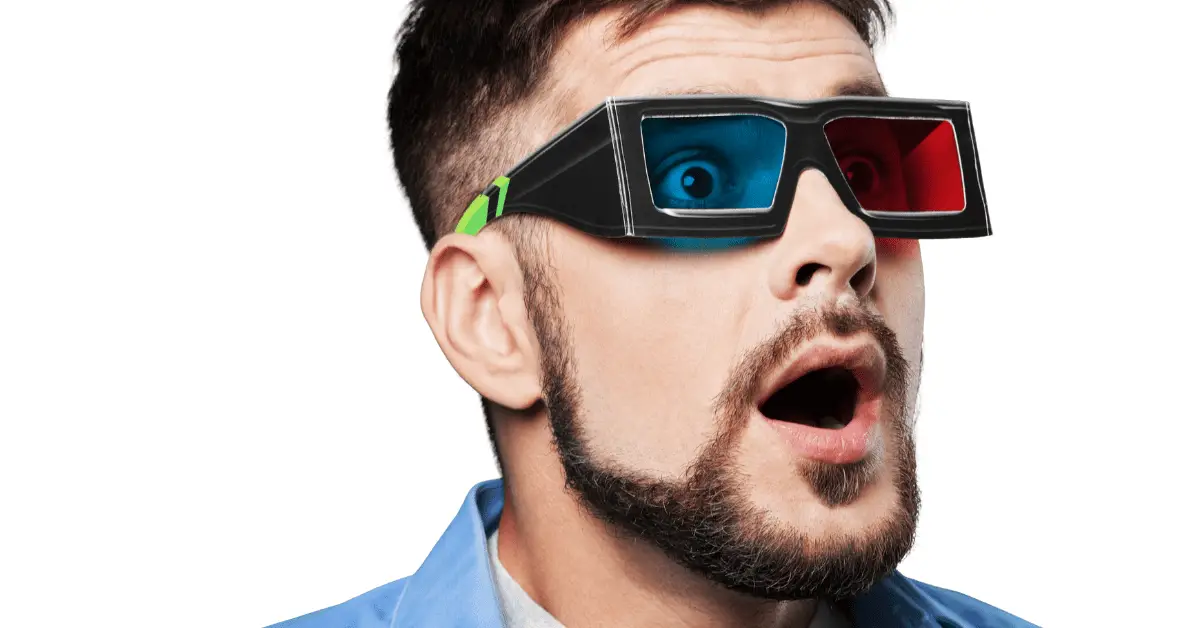3D movies have become increasingly popular in recent years, offering a more immersive and engaging viewing experience. While many people enjoy 3D movies in theaters, others prefer to watch them at home using a projector. However, not all projectors are capable of displaying 3D content, and there are specific requirements for viewing 3D movies on a projector. In this article, we’ll explore whether 3D movies can be viewed on a projector. We’ll cover the technology behind 3D projectors and the requirements for watching 3D content. We’ll also discuss the differences between active and passive 3D technology and how to choose the right type of 3D projector for your needs. Whether you’re a movie enthusiast or a gamer looking to enhance your experience, this article will help you understand how to view 3D movies on a projector.
Table of Contents
Can 3D Movies Be Viewed in Projector?
3D movies have become increasingly popular in recent years, offering a more immersive and engaging viewing experience. While many people enjoy 3D movies in theaters, others prefer to watch them at home using a projector. However, not all projectors are capable of displaying 3D content, and there are specific requirements for viewing 3D movies on a projector. In this article, we’ll explore whether 3D movies can be viewed on a projector and the requirements for doing so.
Technology behind 3D projectors
To display 3D content on a projector, you need a projector that is compatible with 3D technology. There are two types of 3D technology used in projectors: active and passive. Active 3D projectors use special glasses that synchronize with the projector to display separate images for each eye, creating the 3D effect. Passive 3D projectors use polarization technology, which splits the images for each eye into vertical and horizontal lines that are combined by polarized filters in the glasses.
Requirements for watching 3D content
To watch 3D content on a projector, you need a few things. First, you need a 3D-capable projector. You also need a 3D source, such as a 3D Blu-ray player, a gaming console with 3D support, or a 3D streaming service. You’ll also need compatible 3D glasses, which can be either active or passive depending on the type of projector you have.
Differences between active and passive 3D technology
As mentioned earlier, there are two types of 3D technology used in projectors: active and passive. Active 3D technology requires special glasses that use batteries to synchronize with the projector and display separate images for each eye. Passive 3D technology uses polarized filters in the glasses to split the images for each eye into vertical and horizontal lines, creating the 3D effect. Passive 3D glasses are cheaper and more comfortable to wear than active 3D glasses, but they may not provide as much depth perception.
Choosing the right type of 3D projector
When choosing a 3D projector, it’s essential to consider the type of technology it uses. Active 3D projectors are more expensive than passive 3D projectors, but they offer better depth perception and a higher resolution. Passive 3D projectors are more affordable and comfortable to wear, but they may not provide as much depth perception. You should also consider the brightness and contrast of the projector, as well as the throw distance and the screen size.
Do projectors still do 3D?
Yes, many projectors are still capable of displaying 3D content. However, not all projectors support 3D technology, so it’s essential to choose the right projector if you want to watch 3D movies or play 3D games. Here are some factors to consider when looking for a projector that supports 3D:
- Technology
There are two types of 3D technology used in projectors: active and passive. Active 3D projectors use special glasses that synchronize with the projector to display separate images for each eye, creating the 3D effect. Passive 3D projectors use polarization technology, which splits the images for each eye into vertical and horizontal lines that are combined by polarized filters in the glasses. Make sure the projector you choose is compatible with the type of 3D technology you want to use.
- Resolution
To display 3D content, a projector needs to have a high enough resolution to provide a clear and sharp image. Look for projectors with at least 1080p resolution, as lower resolutions may result in a blurry or pixelated image.
- Brightness
3D content requires a brighter image than 2D content, so it’s essential to choose a projector with high brightness levels. Look for projectors with at least 2,000 lumens of brightness, as this will ensure a clear and vibrant image.
- Refresh rate
The refresh rate of a projector is the number of times per second that the image is refreshed. For 3D content, a higher refresh rate is required to provide a smooth and seamless viewing experience. Look for projectors with a refresh rate of at least 120Hz.
- Compatibility
Make sure the projector you choose is compatible with the 3D content source you plan to use, such as a 3D Blu-ray player, a gaming console with 3D support, or a 3D streaming service. Also, make sure to check the compatibility of the 3D glasses you plan to use with the projector.
Conclusion
In conclusion, 3D movies can be viewed on a projector, but you need a 3D-capable projector, 3D source, and compatible 3D glasses. Active and passive 3D technology have different requirements and offer different benefits, so it’s essential to choose the right type of projector for your needs. With the right setup, you can enjoy a more immersive and engaging viewing experience with 3D movies on a projector.

